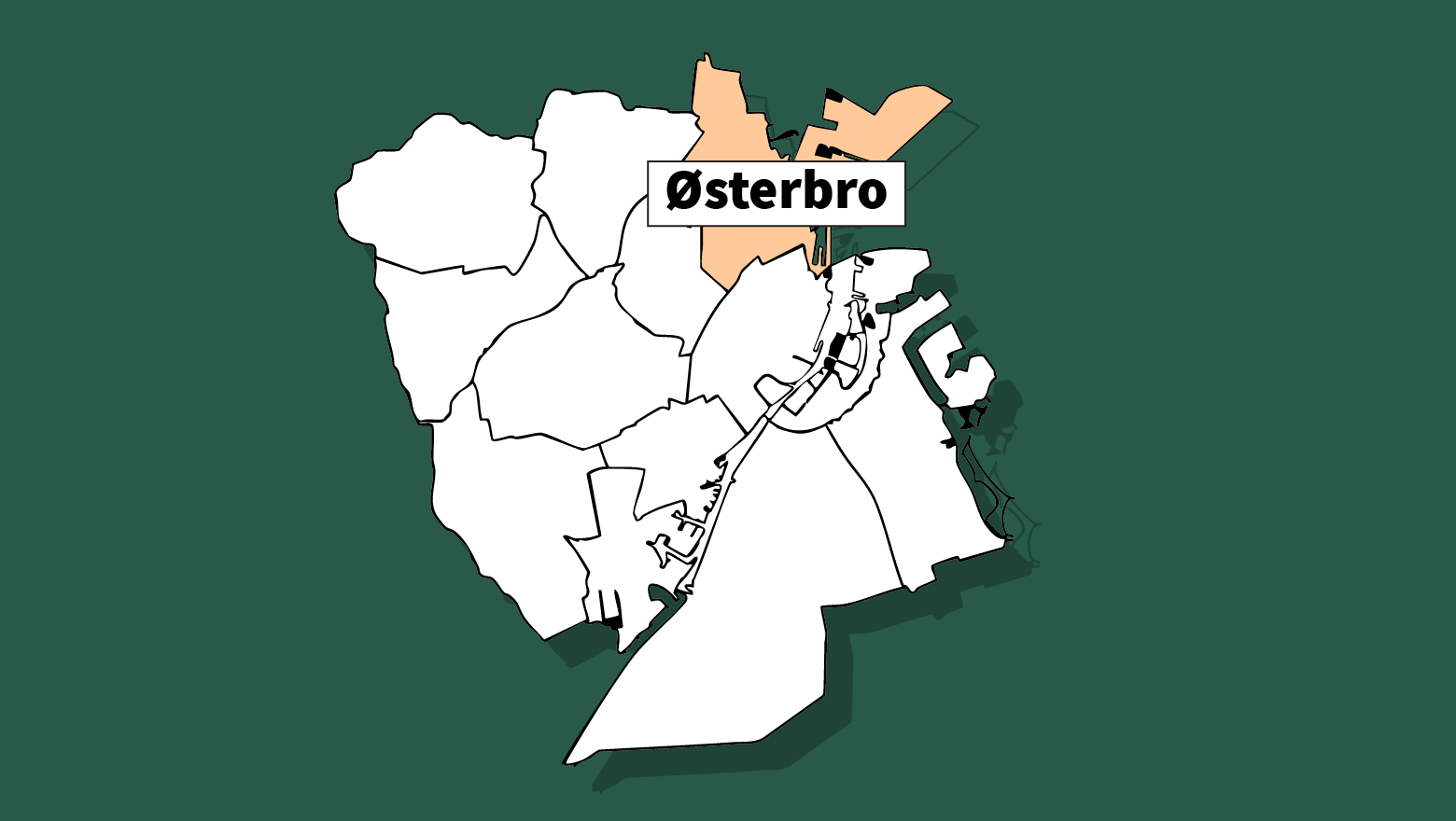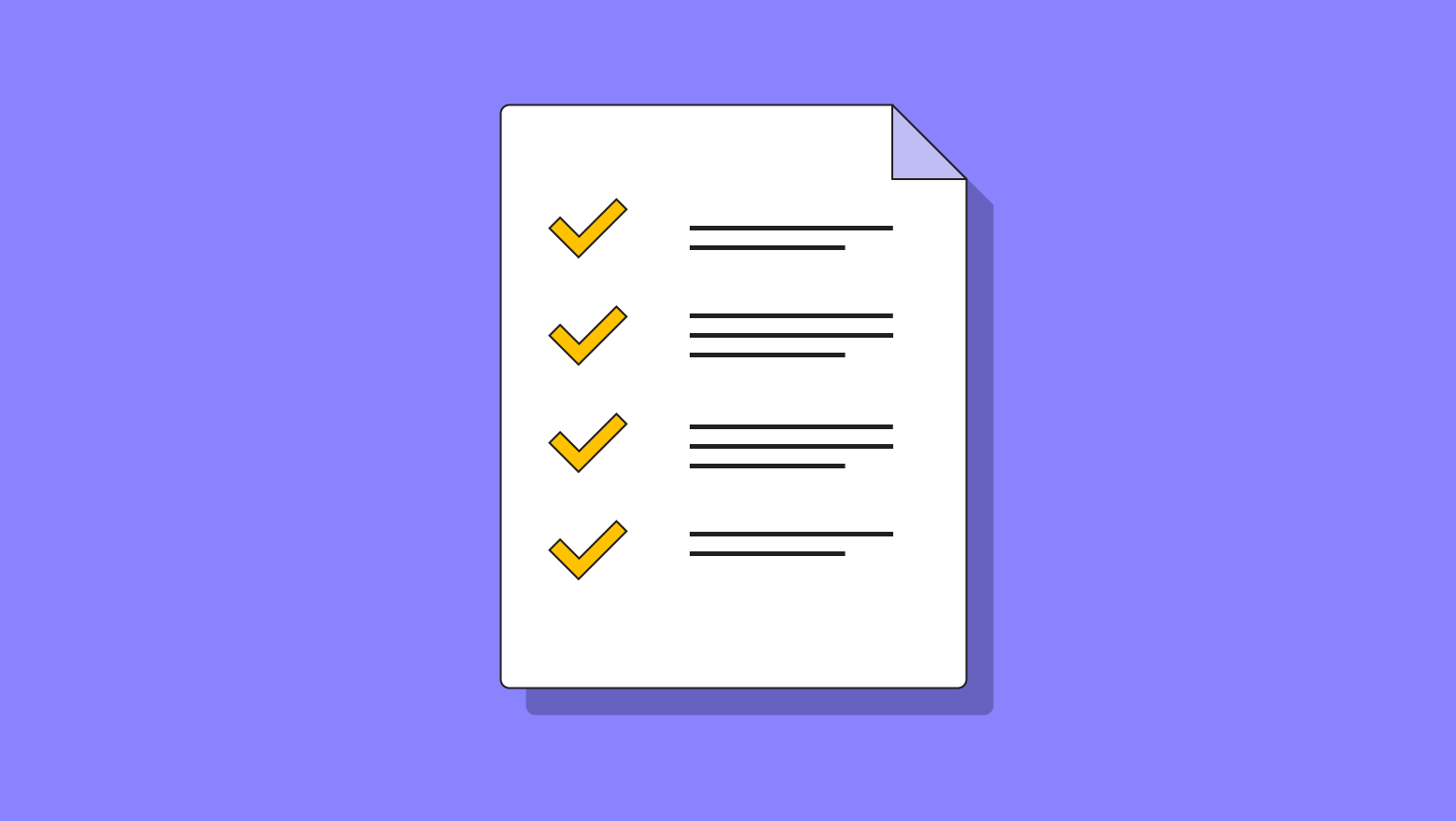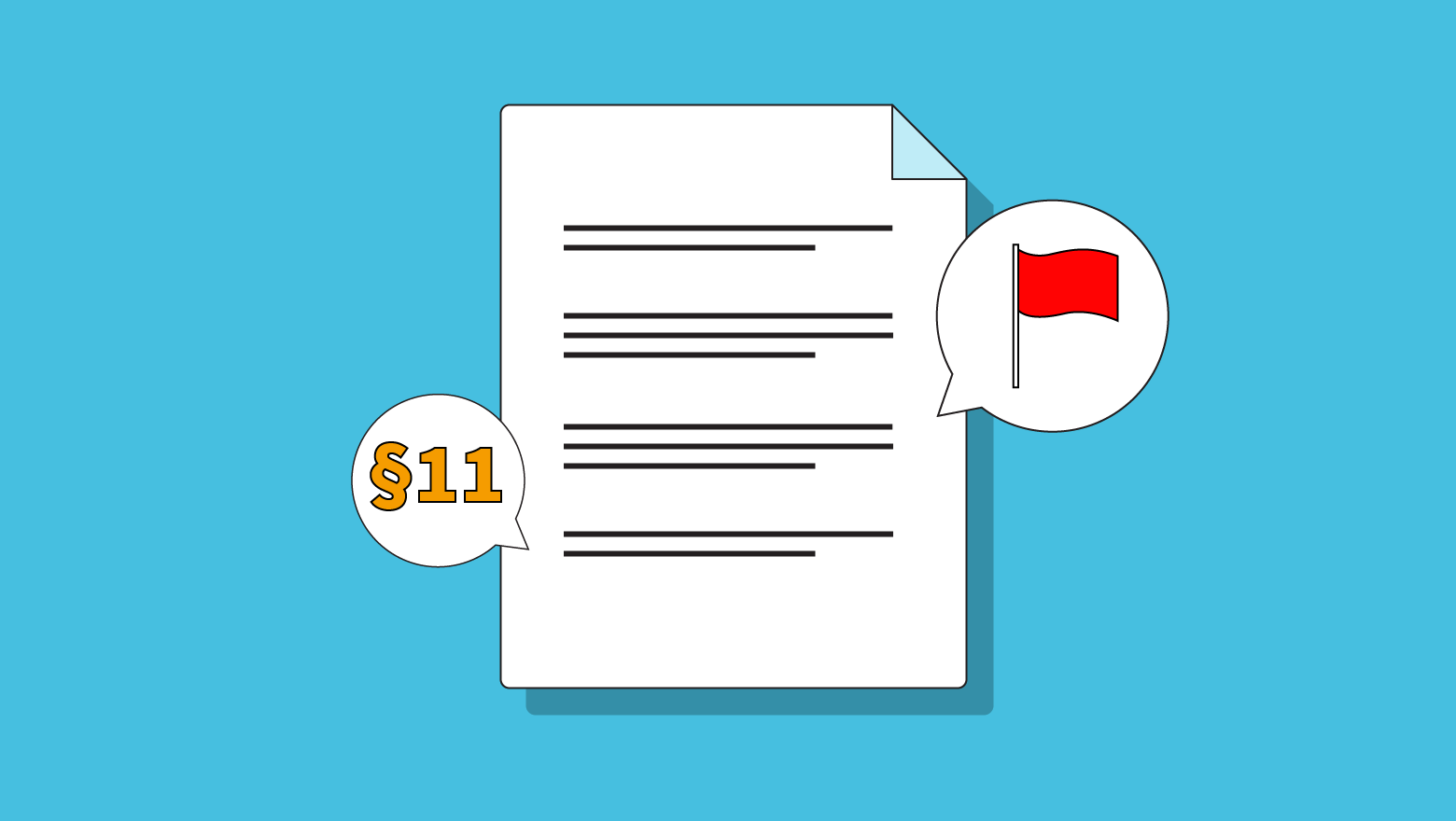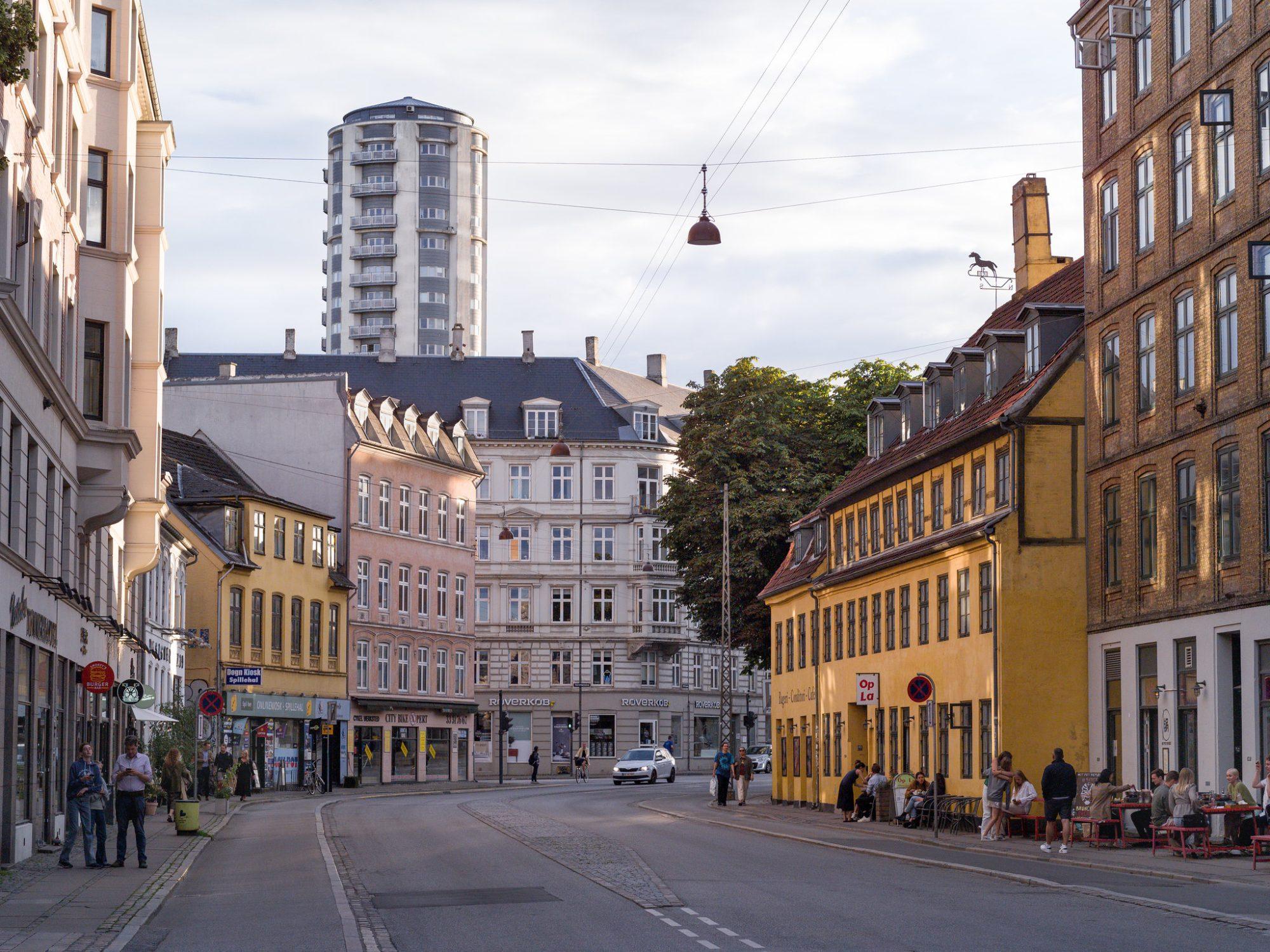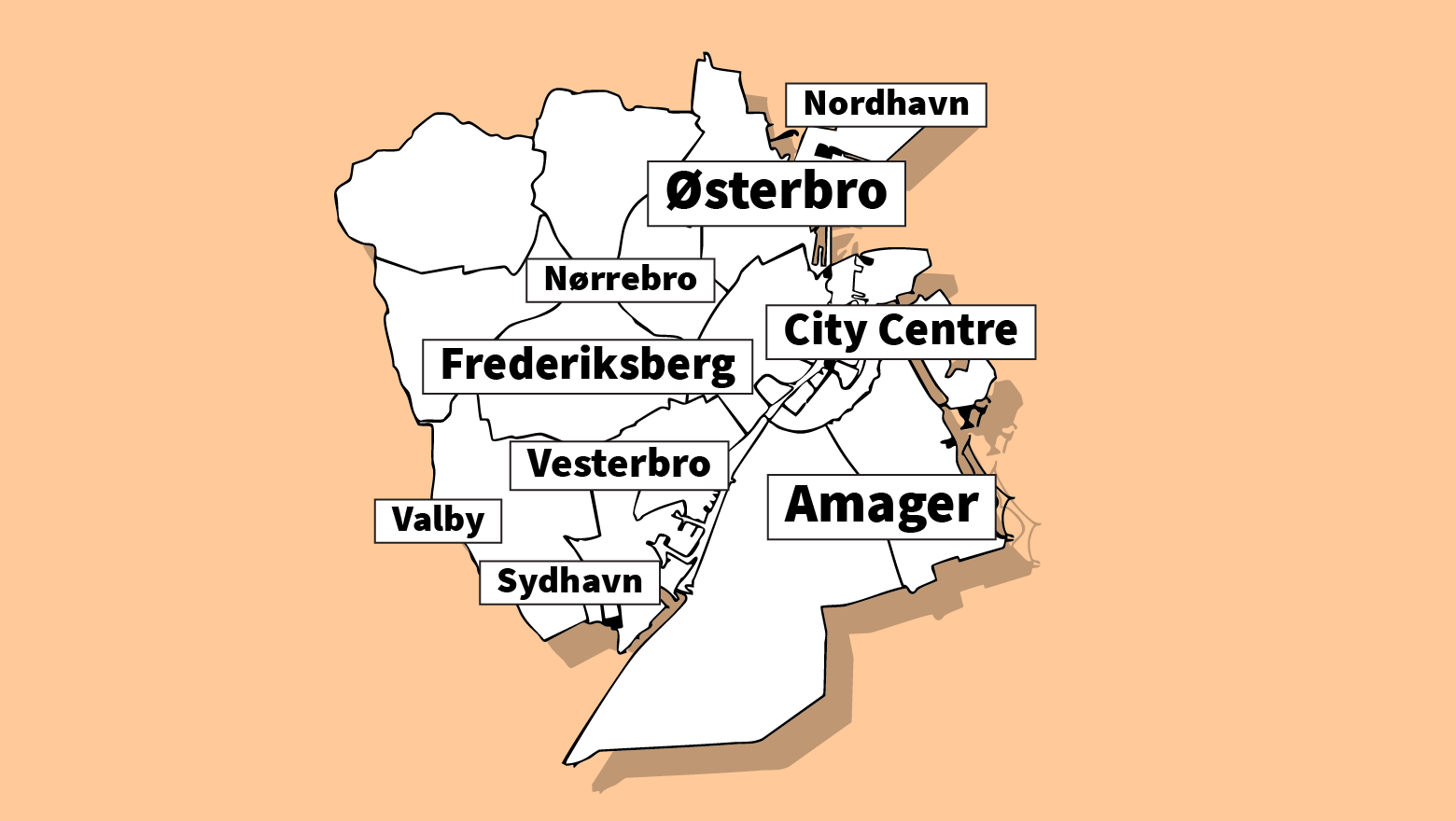Expat life in Copenhagen
Relocating to Denmark can be challenging if you do not know all the different relocation steps, “need to know” and “nice to haves”. This guide helps you
Key Things You Need to Settle Down in Copenhagen
Table of Contents
Housing
Landlords in Denmark require a deposit equivalent to three months’ rent, along with the first month’s rent, upon signing a lease agreement. Some landlords may even request three months’ rent in advance. When searching for your new home, you can use online property portals or search the different housing agency websites. Note that most rooms or smaller apartments are for students only. Make sure you don’t sign a lease agreement that isn’t based on the official Danish lease template.
CPR Registration/Health and National Insurance/Civil Registration Number
When you have a place to stay, you will need to apply for your civil registration number (CPR).
Once your work and residence application has been processed and you have a signed Lease Agreement (and you have moved into your new place), you can apply for CPR/Yellow Health Card/National insurance. If you live in Copenhagen, you can book the appointment with International House when you have the lease documents, but not go to International House earlier than your lease start date.
Click here: https://international.kk.dk/live/cpr-registration-and-documents/cpr-number. When the application is submitted, you will receive a confirmation on the screen with a reference number (save that) – the application is in process. During the processing period, all correspondence with International House team will be via email – i.e. if relevant documents are missing and/or additional ones are needed. When the CPR process is finished, you will be notified by email and be invited to book an appointment to come and collect the CPR-number at International House.
If you live outside Copenhagen, you will need to book an appointment with the Citizen Service Center at your municipality – contact lene@copenhagenexpats.com for guidance.
General information about CPR:
You use your CPR number in many situations: to get your salary, to transfer money, to buy a place to live, to get an insurance policy, when you are at the doctor and library, etc.
Also, when you live, work and pay tax in Denmark, you are also covered by the national health insurance scheme. You must have a health insurance card (yellow ‘sundhedskort’), which entitles you to medical care, examinations, treatment and hospitalization if you or a family member need it. It is free and financed by the public sector. Some healthcare services, such as dental treatment, psychological treatment, glasses and physiotherapy, you must pay for yourself. The yellow health card will be sent to you in hard copy.
MitID (Self Service on the Internet)
MitID is your digital ID that you will use to access the public self-service solutions. You will get MitID at International House or Citizen Service at your municipality on the day of your CPR registration.
A Quick Guide to MitID
https://www.mitid.dk/media/gcejp2zd/mitid-en-kvikguide_en.pdf
Move-in & Move-out Inspection
Once the lease agreement is signed, and the landlord has received the payments stated in the lease agreement, the landlord will invite you for a move-in inspection where the landlord or the landlord’s representative will document the condition of your new place and read the utility meters.
If you do have a representative with you at the move-in inspection, please make sure you take photos and read the move-in report thoroughly before you sign it and also make sure you receive a copy. You must contact the Landlord within 14 days from receiving this report/date of signature in case of any failings and shortcomings. If not, you will not be able to raise a claim against the Landlord.
Move-Out:
The Landlord must inform you about any repairs, including related costs within 14 days from move-out. If not, the Landlord will not be able to deduct any repair costs from the deposit. The Landlord must return the deposit shortly after the 14 days’ timeframe.
Getting a bank account – Online application
When you move to Denmark from another country, one of the first things you will need is a bank account into which your salary can be paid and a payment card that you can use for day-to-day spending and travelling. Perhaps you and your family will need more accounts, such as a groceries account or a savings account, for which several cards can be issued.
To open a bank account online, you must usually be able to produce various documents such as your passport, health insurance card (‘sundhedskort’) and employment contract. Some banks accept the documentation you get from International House or Citizen Service when you get your CPR.
In addition, you must have a residence permit if you come from a country other than the Nordic countries, EU/EEA countries and Switzerland.
The most widely used cards, which are accepted by most shops and merchants, are Visa/Dankort and Mastercard. They are also widely accepted in other countries.
In this Guide we have used Danske Bank as an example. However, the guidance applies to most Danish Banks.
The best way to get an overview of your finances is to use Danske eBanking and Danske Mobile Banking. With these applications, it is easy and simple to manage your accounts. Regardless of whether you are at home or on the move, you can always check balances, transfer money and pay bills. You can also track your investments and check your home loans.
Dealing with fixed expenses such as rent is easy if you register them for Betalingsservice (direct debit), which means that they are paid automatically. Then you will no longer have to remember to do it yourself. You can register bills for direct debit in Danske eBanking.
More info: Danske Bank – see “Become a customer”
e-Boks – Your Online Digital Mailbox
You will get all correspondence from your municipality, your bank and state authorities in your inbox. You need MitID to sign up for e-Boks. More info and how to: https://www.e-boks.com/danmark/en/. Choose “New User”.
Suggested (free) apps for your smartphone/tablet
· MobilePay
MobilePay is an app for your smartphone. Within seconds you can transfer money from your credit card to another user, a shop or when you shop online. You only need 3 things in order to get started with this (free) app:
§ A smartphone with a Danish number
§ A Danish credit card
§ The MobilePay app
· MitID Code (alternative to a hard copy sheet with security codes)
· e-Boks
· Sundhedskortet
· Danske bank (or any other preferred bank)
· Rejseplanen (Public Transportation Travel Plan)
· Taxi 4×35
· EasyPark
· JustEat
· Wolt
· DSB
· DOT
· Din station
· Check Udvej
Insurance
Standard insurance practice is that each party, respectively, shall be liable for damages to the leased premises caused by its own fault or negligence, or that of its agents and/or employees.
When you have signed a Lease, you need to take out a household insurance (covers theft, fire, break-in and vandalism). The household insurance covers damages to your private belongings and in case you cause damage to other people or their belongings.
Below is a list of Danish insurance companies who will be able to guide you:
Signing up for Electricity
You are free to choose another electricity provider. We recommend you ask your landlord and/or check i.e. https://andelenergi.dk/el/.
Public Transportation
“Rejsekort”:
Rejsekort is an electronic ticketing system for travelling by bus, train, and metro. Rejsekort unites the different transport operators, travel zones, ticketing systems, and discount schemes into a common system, which makes it easier for passengers to use public transport services in Denmark. You need to order the card online using your Mit-ID via rejsekort.dk or you can download the app “rejsekortet”.
Remember to install the app “check udvej” in case you forget to check out .
If you do not have a CPR number, you can order Rejsekort at a retailer close to you, go to https://www.rejsekort.dk/Salgssteder?sc_lang=en
Other tickets:
“Rejsekort” is the cheapest solution if you travel by bus, metro or train. However, if you travel more than 3 times a week (return) – a “pendlerkort” (monthly travel pass) would be the cheapest solution. You can buy a pendlerkort using the DSB or DOT app.
“Cash” tickets – You can also buy tickets directly from the cash machines at the train stations.
“DSB Orange” – If you travel across Storebaelt (Zealand/Funen) you need a “DSB Orange” ticket. “DSB Orange” is also included in the DSB app.
NOTE – Two children under the age of 12 can travel for free when accompanied by an adult – This applies to all tickets.
Leaving Denmark - Practical matters before leaving Denmark
More info: Leaving Denmark.



